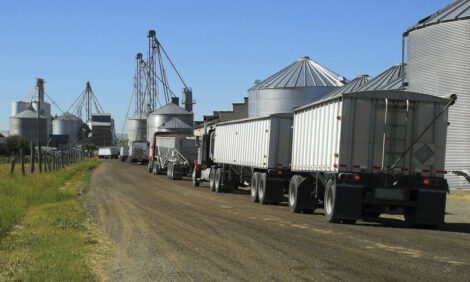



Setting Livestock Operation Separation Distances
CANADA - A project planned by the University of Manitoba will result in science-based recommendations for setting minimum distances between livestock operations and communities, writes Bruce Cochrane.|
|
The University of Manitoba's Faculty of Agricultural and Food Sciences will launch a study in January aimed at defining a criterion for acceptable odour levels, assessing emission rates from typical Manitoba livestock operations and developing a science-based dispersion model.
The two-year project is in response to a Manitoba Clean Environment Commission recommendation for the establishment of dispersion-based odour guidelines.
Biosystems engineering professor Dr Qiang Zhang says odor has become a concern to the general public since Manitoba's livestock industry, especially the swine industry, started to grow rapidly.
Dr Qiang Zhang-University of Manitoba
The first line of defense actually for odor mitigation is to maintain certain distances and Manitoba currently has a guideline for setback distances but those are empirical so sometimes it works good and sometimes it doesn't work.
With the dispersion model we're going to actually have a much better way of estimating what is the minimum separation distances between livestock operations and surrounding communities.
The information will be used probably by different groups.
The way I see it the Manitoba government, Manitoba Agriculture Food and Rural Initiatives or Manitoba Conservation, will have something in their hands actually to assess to odour impact and it can also be used by municipalities.
They can use this as a tool to actually assess the odour impact also to determine the setback distance requirements.
Dr Zhang expects the dispersion model to be complete in approximately two years at which point discussions will be held to determine how best to incorporate the information into existing guidelines.
TheCattleSite News Desk


